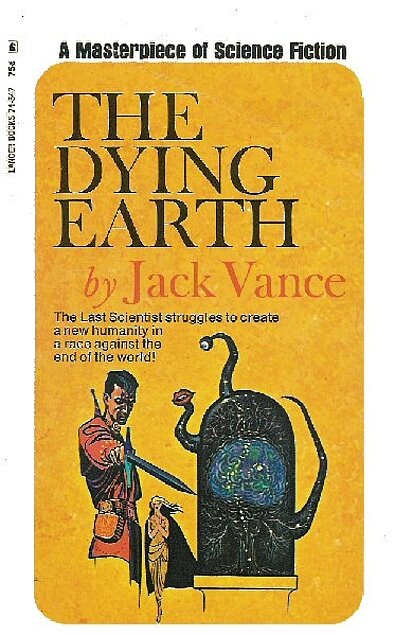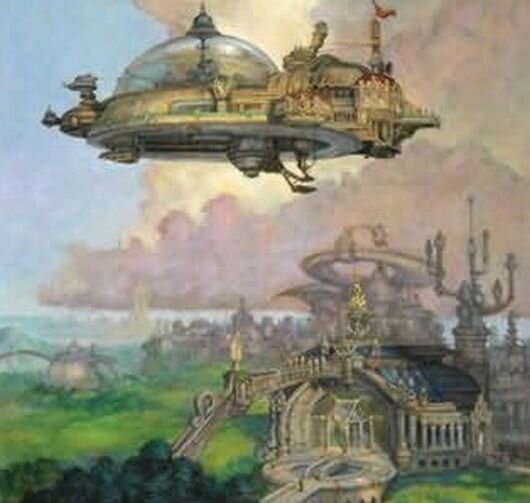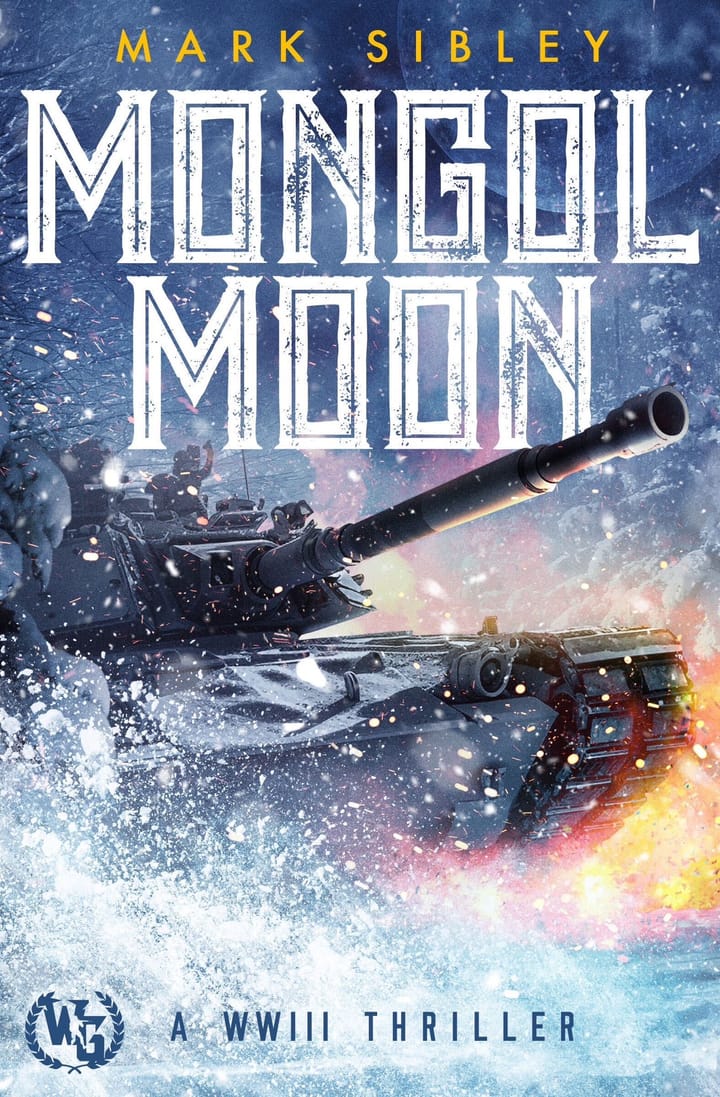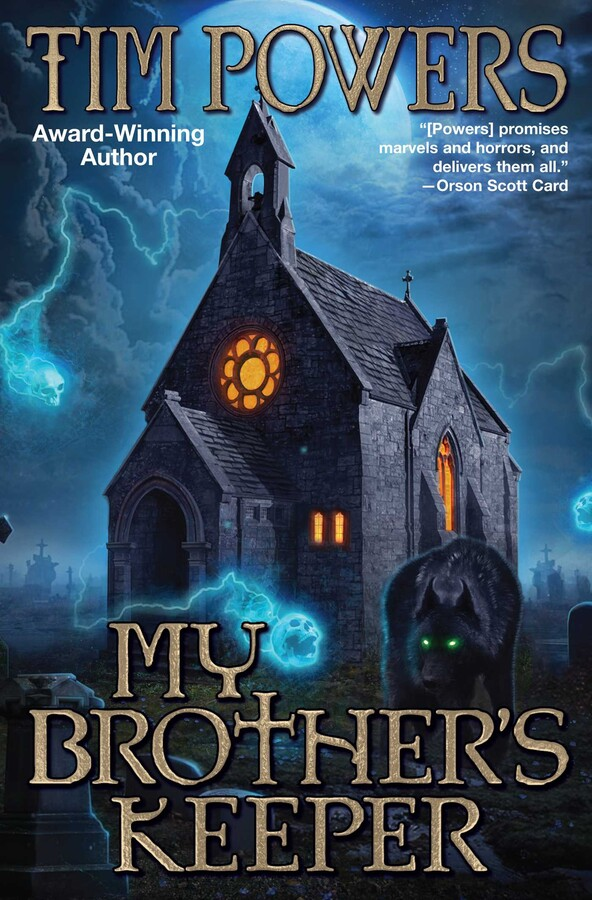The Dying Earth by Jack Vance Book Review
The Dying Earth [Amazon link] is not at all what I expected. I knew that Jack Vance had written about a decaying and declining Earth of the far future, when the Sun has swollen with ruddy light. What I got was a collection of loosely connected short stories and novellas about searching for knowledge, love, and hope in a world of cruelty and despair.

The volume I read was an omnibus edition, Tales of the Dying Earth [Amazon link], which contains the 1950 Tales of Dying Earth, along with the much later The Eyes of the Overworld (1966), Cugel’s Saga (1983), and Rhialto the Marvellous (1984). However, I wanted to stop and review The Dying Earth because it was specifically cited in Gygax’s Appendix N.
The Dying Earth is famous, or infamous, as the source of Vancian magic, the system of magic used in D&D. Reading the book, the influence is obvious, but I also feel like Gary’s peculiar style in his TSR products come from here too. The melodramatic names, the overly complicated vocabulary, the slightly stilted presentation, all of that is in The Dying Earth.
Also, the post-apocalyptic mood of D&D and AD&D comes from here. The Earth is largely depopulated, full of ruins and terrible monsters that roam at will. The people that remain have mostly sunk into physical indolence and moral turpitude, but there are hints that justice has not yet been utterly vanquished. Yet, it is perhaps in rather short supply.
The Pulp Archivist has identified the period of 1945 - 1954 in American science fiction as the Age of Despair. I can see how The Dying Earth could fit in that characterization, as the world Vance describes is cruel and callous, a time of casual depravity. But unlike Van Vogt’s Centaurus II, I see hope in Vance’s collection.

Not every story or character in this collection instantiates hope. Several of them have a theme of justice instead of, or in addition to hope. And when the world is cruel, justice can be harsh.
Let’s look at one in particular, “T’Sais”. My editorial policy is that I discuss spoilers when I feel like it, but I will at least provide some warning.
The eponymous T’Sais is a woman created through magical means, but due to a mistake by her creator, she finds beauty repellent, and good to be evil. She sets out on a quest to discover goodness and beauty on the ruined Earth. Little did T’Sais know that her creator had sheltered her from the terrors of the dying Earth.
T’Sais, exhausted from defending herself against monsters and brigands, seeks shelter in a lonely cottage. She collapses inside, not knowing who resides within. The man, a victim of a witch, shelters T’Sais, tenderly laying her in bed, and feeds her when she awakes.
Perhaps recognizing one another as kindred spirits in a perilous world, they tell their stories. The man, Etarr, is moved by pity, and T’Sais, while not quite capable of pity, it at least intrigued by the hints of goodness she sees as through a glass, darkly. Together, Etarr and T’Sais set out to seek justice and beauty.
This story, regardless of its setting, fills me with hope. It also illustrates how good stories of this era are casually slandered by lazy reviewers. The most upvoted review on Goodreads asserts that the characters in this book seek to catch women, cage them, and rape them. I’m convinced that I didn’t read the same book that reviewer did. Especially since the one character who could be described that way is from the story that reviewer says is his favorite in the collection. A character who get what he deserves, by the way.
Other than that cautionary tale of justice served, what we really have here are tales of adventure and romance set in a world approaching oblivion. I’m rather pleased by The Dying Earth, and I’m glad to have made its acquaintance.
My other book reviews | Reading Log
Other Pulp Adventures
Adam Lane Smith Gideon Ira: Knight of the Blood Cross
JD Cowan Someone is Aiming for You
Daniel Humphreys Fade: Paxton Locke
Appendix N
A. Merritt. The Moon Pool
Leigh Brackett. The Coming of the Terrans
C. L. Moore. The Best of C. L. Moore
Robert E. Howard. The Savage Tales of Solomon Kane
Fritz Leiber Ill Met in Lankhmar
H. Beam Piper Space Viking
H. Beam Piper Lord Kalvan of Otherwhen
Robert E. Howard The Savage Tales of Soloman Kane



Comments ()